Black Widow – Casting
So, here are my casting results. The first picture shows my four flasks after they come out of the kiln when the wax is melted. The flasks are set on a rack in a pan and heated to 150 C for two to three hours in that blue thing (the kiln) on the bench. The wax melts, runs out of the flasks through the sprue channels, and collects in the pan. I take the flasks and turn them right side up and put them back in the kiln for the rest of the burnout cycle.
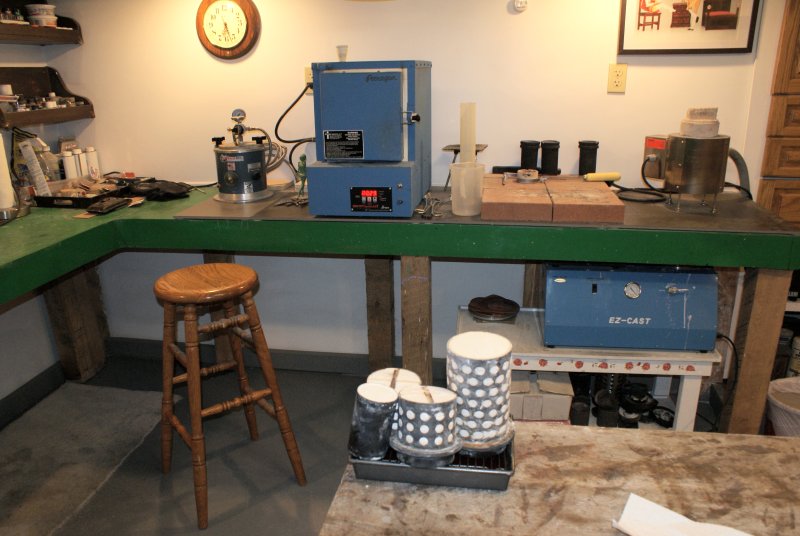
Casting starts the next day. I calculate how much metal I need for each flask. I multiply the weight of the wax model and sprues by the density of the metal (bronze is 8.1 to 8.7 depending on the alloy) and add up to 20% more for the button. The metal is weighed and goes into a crucible to be heated up and melted. Gloves and leather aprons are used for safety, as is the tinted eye protection. Molten metal is white hot and radiates energy in the spectrum that can hurt your eyes which is why ultraviolet protection is needed.
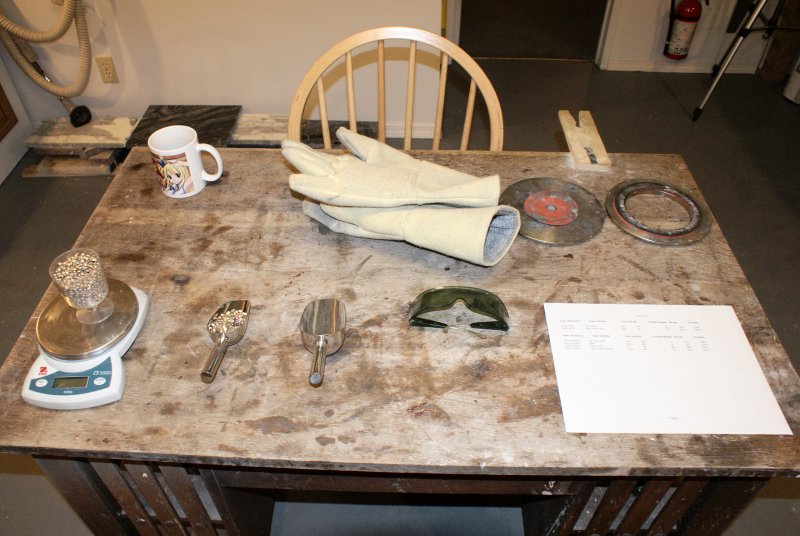
The casting grain is put into a graphite crucible. When the crucible gets hot some of the graphite burns away and this creates a reducing atmosphere in the furnace. Oxygen is bad when you have molten metal as the metal oxidizes. Copper, or copper compounds like bronze and brass and sterling silver are quite susceptible to oxidation. This oxidation discolors the surface and has to be removed. The graphite crucibles are the three black things in the picture below. Sometimes small amounts of metal can be melted in the ceramic crucible with a torch. There is also a graphite stirring stick shown that is used to stir the melt and pick up any oxides floating on the top. The liquid metal should look like a shiny metallic pool!
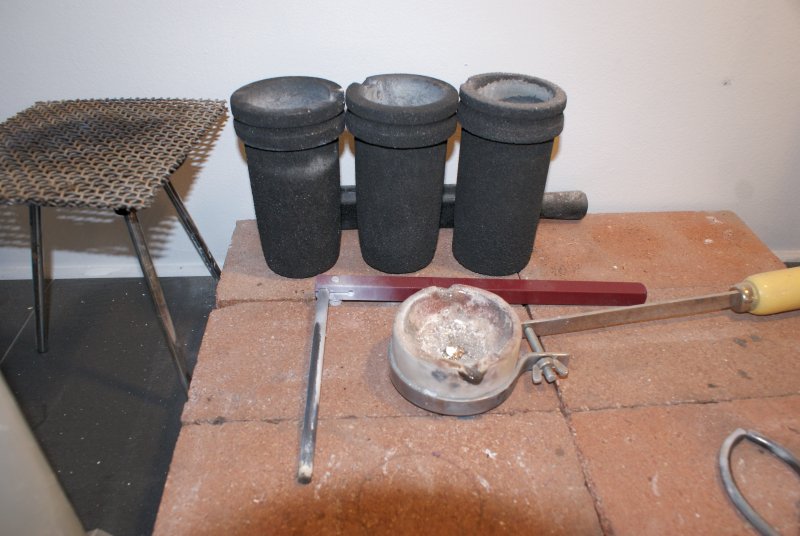
Mostly, I use an electric furnace to melt my bronze. Depending on the alloy I am pouring I have to heat the casting grain anywhere from 1020 C up to 1070 C. This temperature is hotter than required to melt silver or gold so standard electric furnaces that jewelers might use are not suitable. I had this furnace custom made. It is good to 1250 C if I need it.
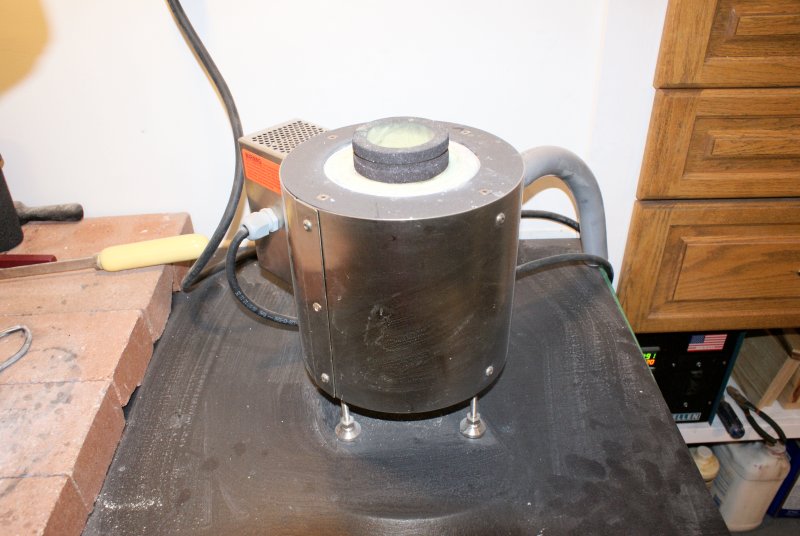
Of course, pouring molten metal is the fun part. I am using a vacuum casting unit. The molten metal is poured into a hot flask that is at about 400 C to 500 C in temperature. The flask is set in the vacuum casting unit and put under vacuum. Remember, the silica investment is porous to gasses like air. So, because there is a vacuum inside the chamber, air is being sucked down the center of the flask, into the mould cavity, and out through the perforated holes in the steel flask. The outside air pressure gives a push to the molten metal as it is poured into the flask and helps the metal fill all the cavities in the mould.
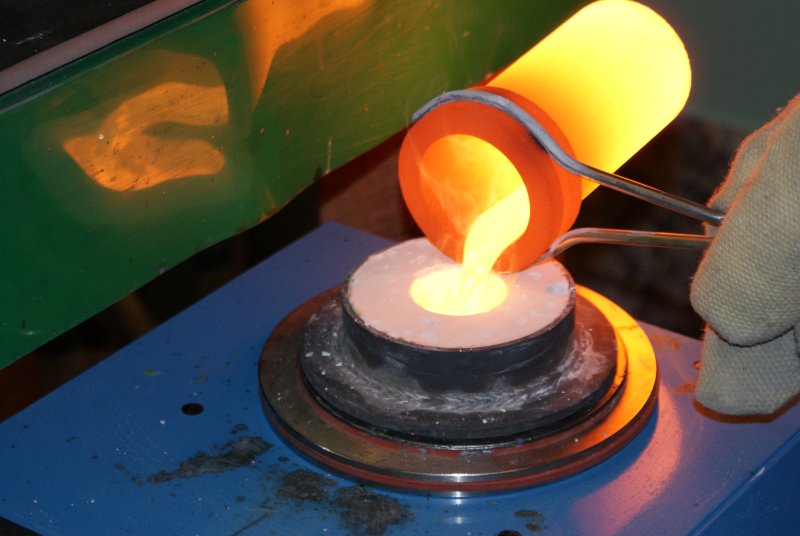
When the metal is cooled for about 10 minutes the flask is quenched in a bucket of water. Hot steam and bubbles go on for a minute or two as the casting cools and the investment breaks up due to the steam pressure. The casting can be removed and washed and cleaned. In my case the bronze is usually oxidized. That’s why some appears dark colored in the picture below.
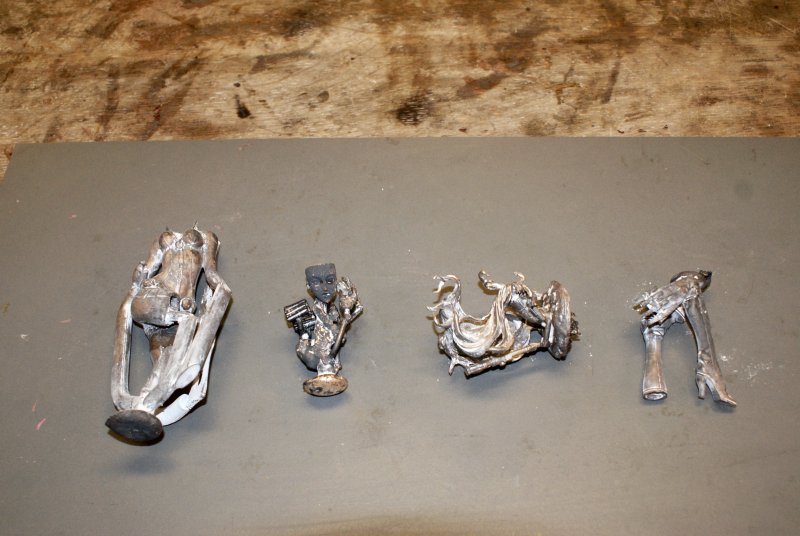
Once the casting is clean or relatively clean, the sprues are cut off. I use an angle grinder to do this. It’s perhaps not the safest way to do this, but I try to be careful in case the work slips or the blade explodes or some other disaster happens. For example, I should have been wearing my welding gloves when doing this. I wasn’t and touched hot metal and burnt myself.
Grinding or cutting is quick, and I can also put the work up against the wheel and use the grinder to quickly remove metal and do rough shaping where required.
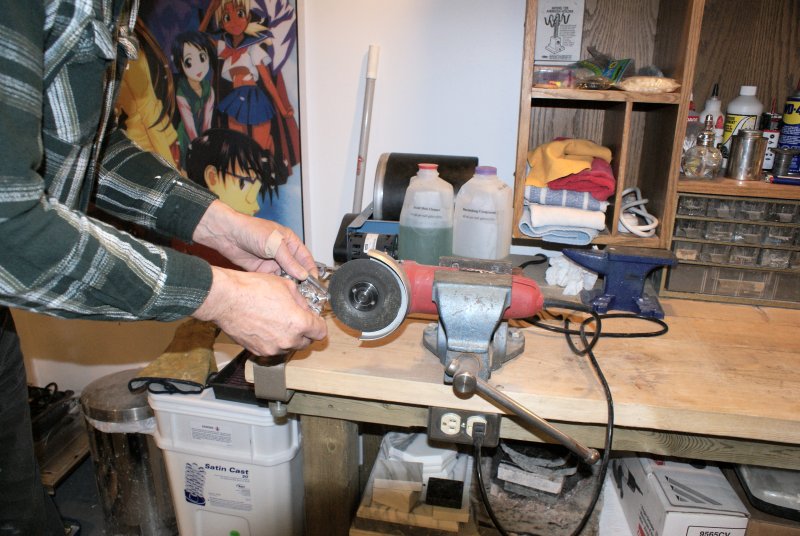
The picture below shows the parts rough cut and ready to be worked on. Yah-hoo! We have a the equivalent of a bronze kit, now. I’m doing some dry fitting just to see how the gun and hand will fit and whether I might have issues to deal with. I also refer to the resin parts to verify fitting angles and other such geometry.
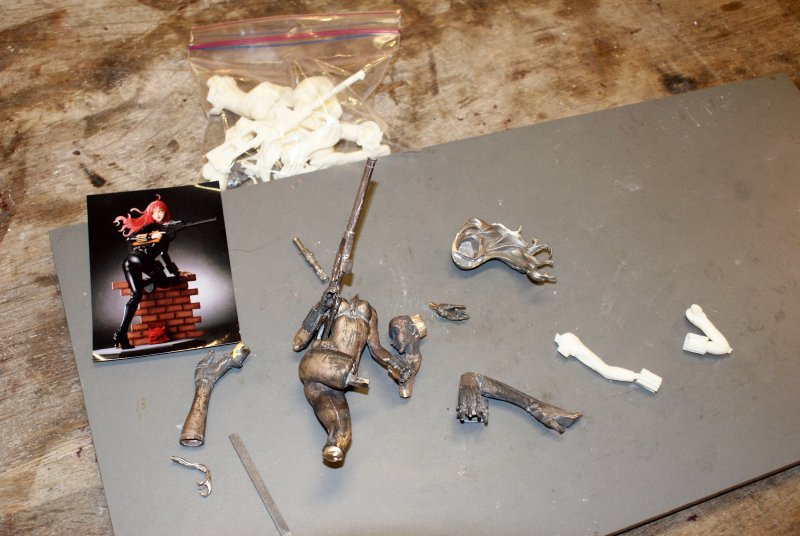
The next step is to assemble the figure. With metal, I solder. I am using a bronze colored silver solder that melts at about 750 C. This is like brazing or welding. The metal has to get to a red hot temperature before the solder will flow. That is why I use a small oxyacetylene torch. I need a fair bit of heat for the mass of metal that I need to get glowing red.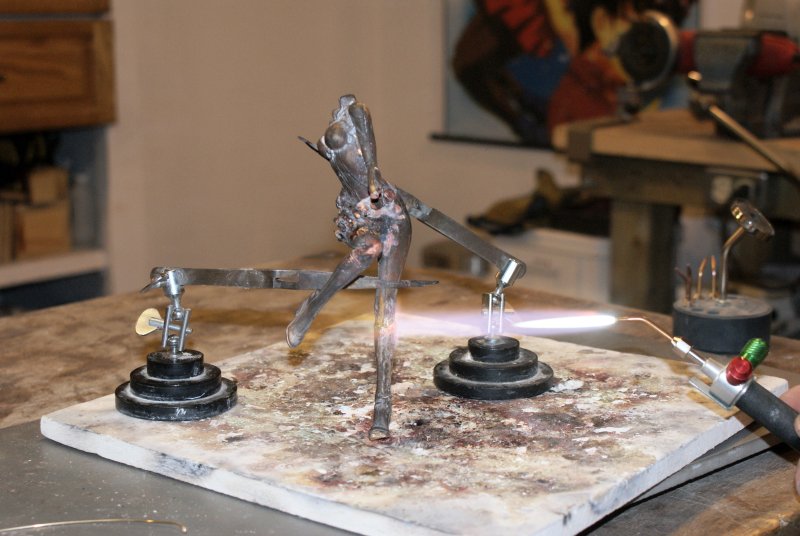
And, although the figure is not fully soldered yet, just for fun I decided to dry fit the remainder and take a picture. See below.
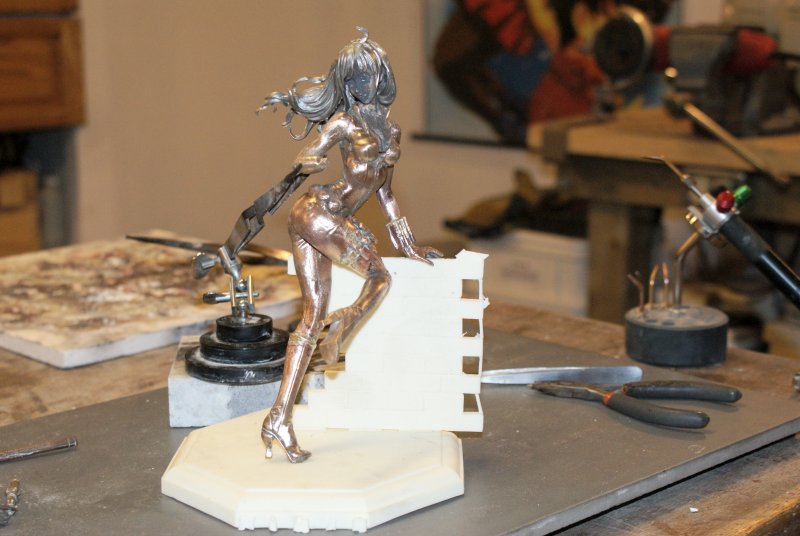
The figure needs to be fully soldered now and cleaned and finished. I’ll post the finishing work in perhaps another week or so.
Until later …

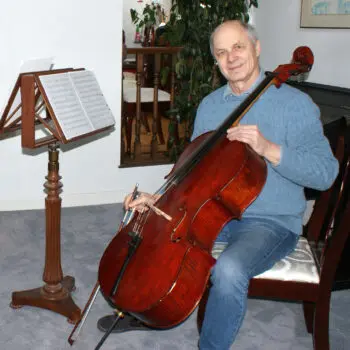
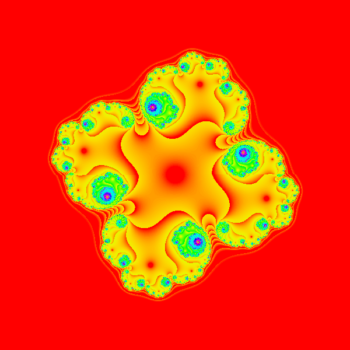
No comments yet.